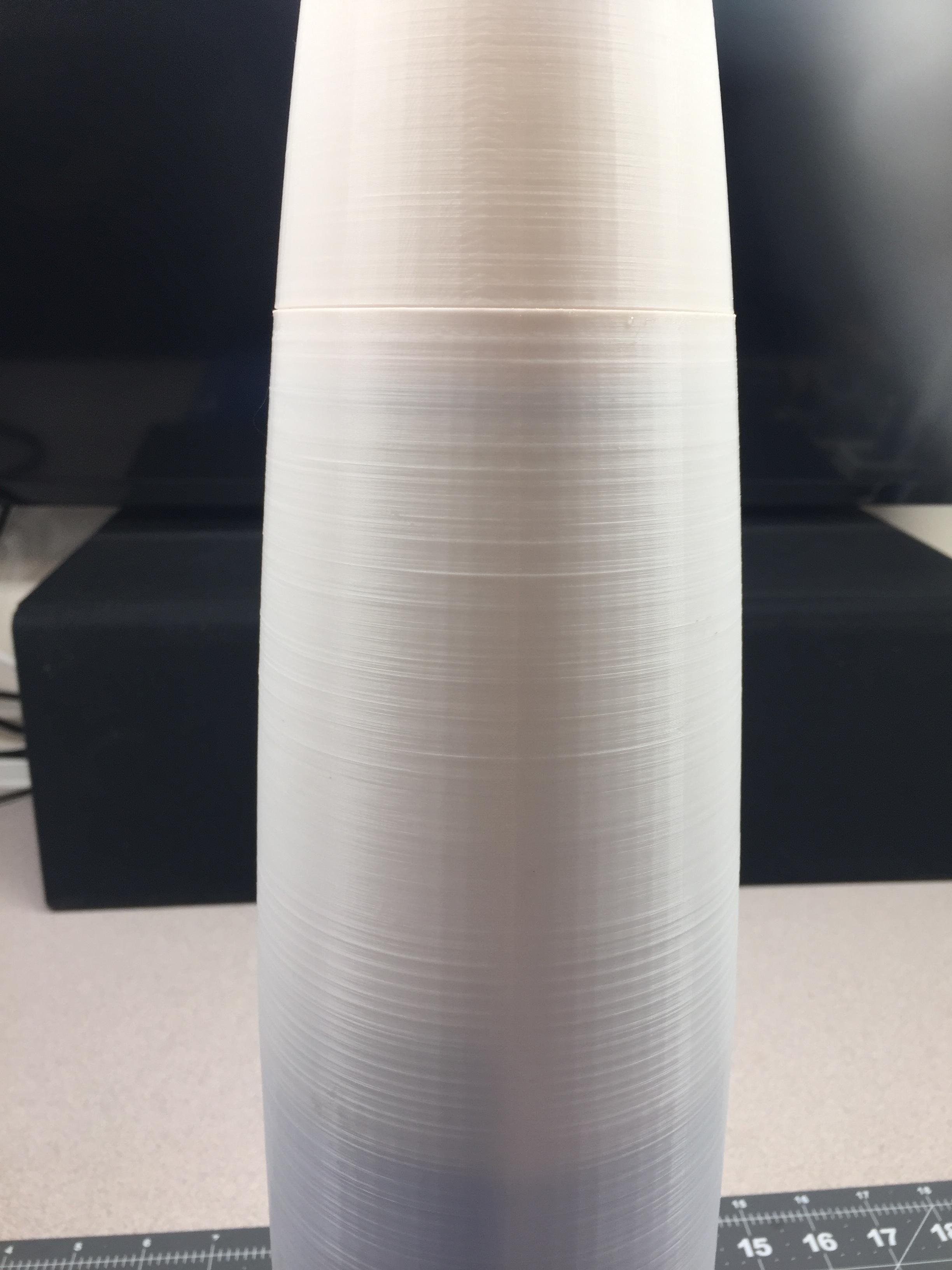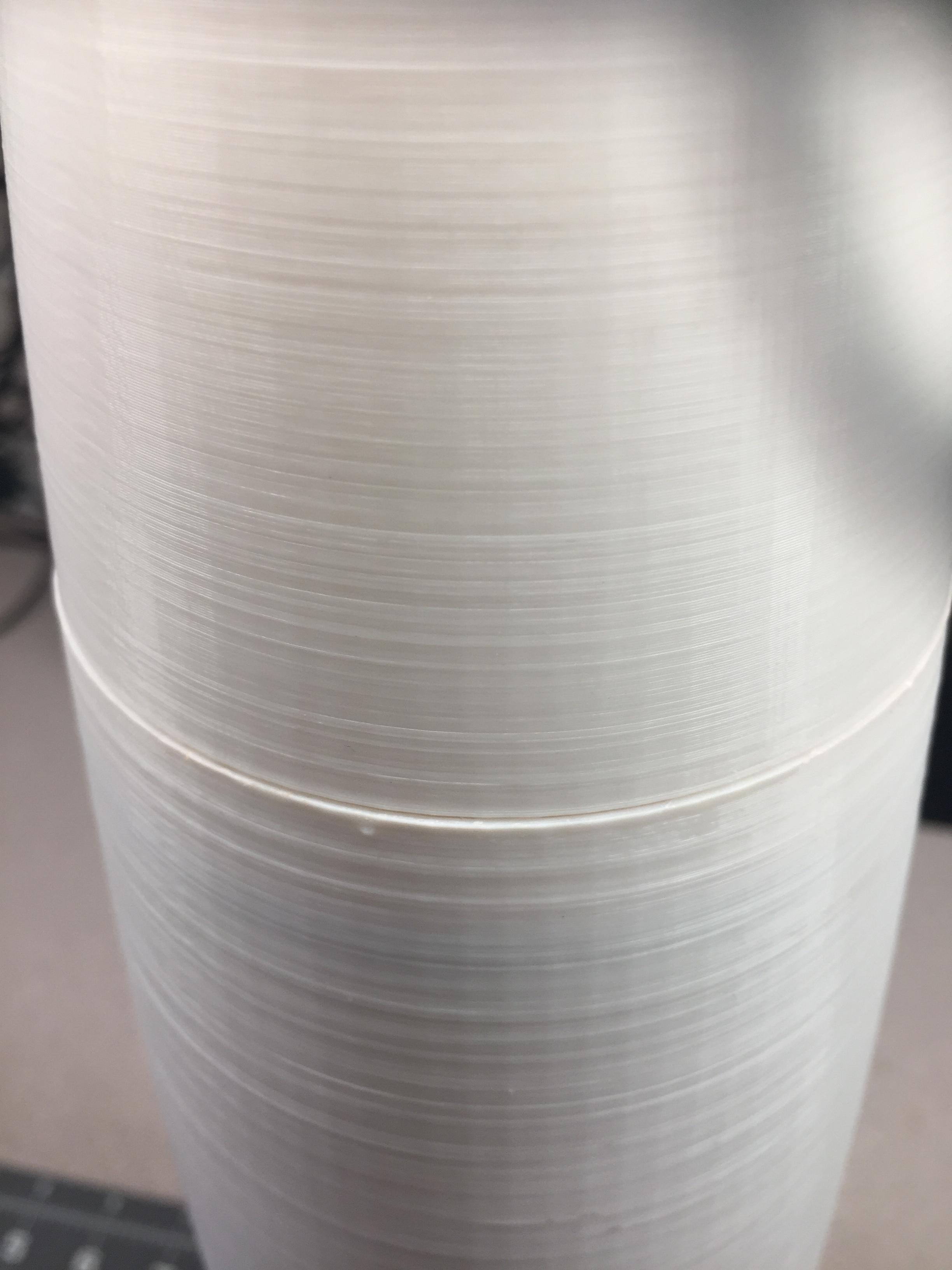SharkWhisperer
Well-Known Member
- Joined
- Jan 27, 2021
- Messages
- 579
- Reaction score
- 404
Oh my, another glue thread!!! Get the popcorn cooking!
About to hit "purchase" on a mixed bag of items including a slew of different epoxies, glues, and tapes that I'm starting to run low on. Titebond II has been my go-to adhesive for most things paper, cardboard and wood, and I have absolutely no complaints about it. I sleep with a bottle of TBII under my pillow every night and it guarantees happy dreams.
But....I'm considering extending my glue allegiance, simply out of curiosity (and because it's pretty inexpensive). So I also have a bottle of Titebond III and another of Elmer's Carpenter Glue in my cart, and the Titebond Quick & Thick is probably going to end up there, too. No worries, they'll all get used up within the year.
Specifically, I'm curious about opinions of these 3 new (to me) glues, in comparison to my holdout Titebond II, which I have no intention of abandoning. I can imagine the Quick n Thick might be great for fin fillets, and I wouldn't mind not needing so many applications to get a thick fillet like I now need to with TBII. If it has more solids than TBII and dries thicker then it'll probably also see use filling voids in endcaps of other non-NRA fiery aerial devices (e.g., 37-mm launcher rounds, and various aerial shell inserts).
The TBIII just sounds like it must somehow be an improvement over TBII (if that's even possible!), though I really don't require the extra waterproofing that it might afford.
The Elmers Carpenter's Glue is just because--besides Amazon reviews I know little about it. But I trust Elmers and love their wood filler, so why not give their glue a whirl?
Firsthand experience with these three items, particularly with any real-life comparisons to TBII, would be both interesting and useful! Tx in advance!!!
About to hit "purchase" on a mixed bag of items including a slew of different epoxies, glues, and tapes that I'm starting to run low on. Titebond II has been my go-to adhesive for most things paper, cardboard and wood, and I have absolutely no complaints about it. I sleep with a bottle of TBII under my pillow every night and it guarantees happy dreams.
But....I'm considering extending my glue allegiance, simply out of curiosity (and because it's pretty inexpensive). So I also have a bottle of Titebond III and another of Elmer's Carpenter Glue in my cart, and the Titebond Quick & Thick is probably going to end up there, too. No worries, they'll all get used up within the year.
Specifically, I'm curious about opinions of these 3 new (to me) glues, in comparison to my holdout Titebond II, which I have no intention of abandoning. I can imagine the Quick n Thick might be great for fin fillets, and I wouldn't mind not needing so many applications to get a thick fillet like I now need to with TBII. If it has more solids than TBII and dries thicker then it'll probably also see use filling voids in endcaps of other non-NRA fiery aerial devices (e.g., 37-mm launcher rounds, and various aerial shell inserts).
The TBIII just sounds like it must somehow be an improvement over TBII (if that's even possible!), though I really don't require the extra waterproofing that it might afford.
The Elmers Carpenter's Glue is just because--besides Amazon reviews I know little about it. But I trust Elmers and love their wood filler, so why not give their glue a whirl?
Firsthand experience with these three items, particularly with any real-life comparisons to TBII, would be both interesting and useful! Tx in advance!!!








